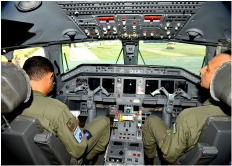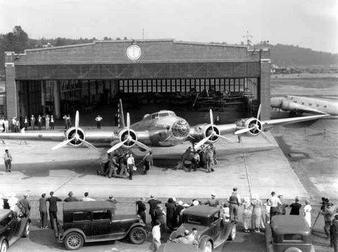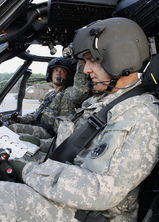
The first BLOG in this series was titled "The Checklist". It discussed how pilots were the first to recognize the importance of checklists and develop them for aviation. Checklists were soon developed for all phases of flight as well as for mechanical and technical aircraft procedures. They have proven invaluable and have prevented countless accidents and deaths. They have also been adopted by many other disciplines (such as medicine) due to their utility and effectiveness in preventing errors and ensuring the best possible outcomes in almost any given situation or set of circumstances.
I: Illness
M: Medication
S: Stress
A: Alcohol
F: Fatigue
E: Eating and Emotion (The FAA defines "E" as Eating - to include proper nutrition and hydration) Some other international aviation authorities define "E" as Emotion - referring to emotional and psychological state.




 RSS Feed
RSS Feed